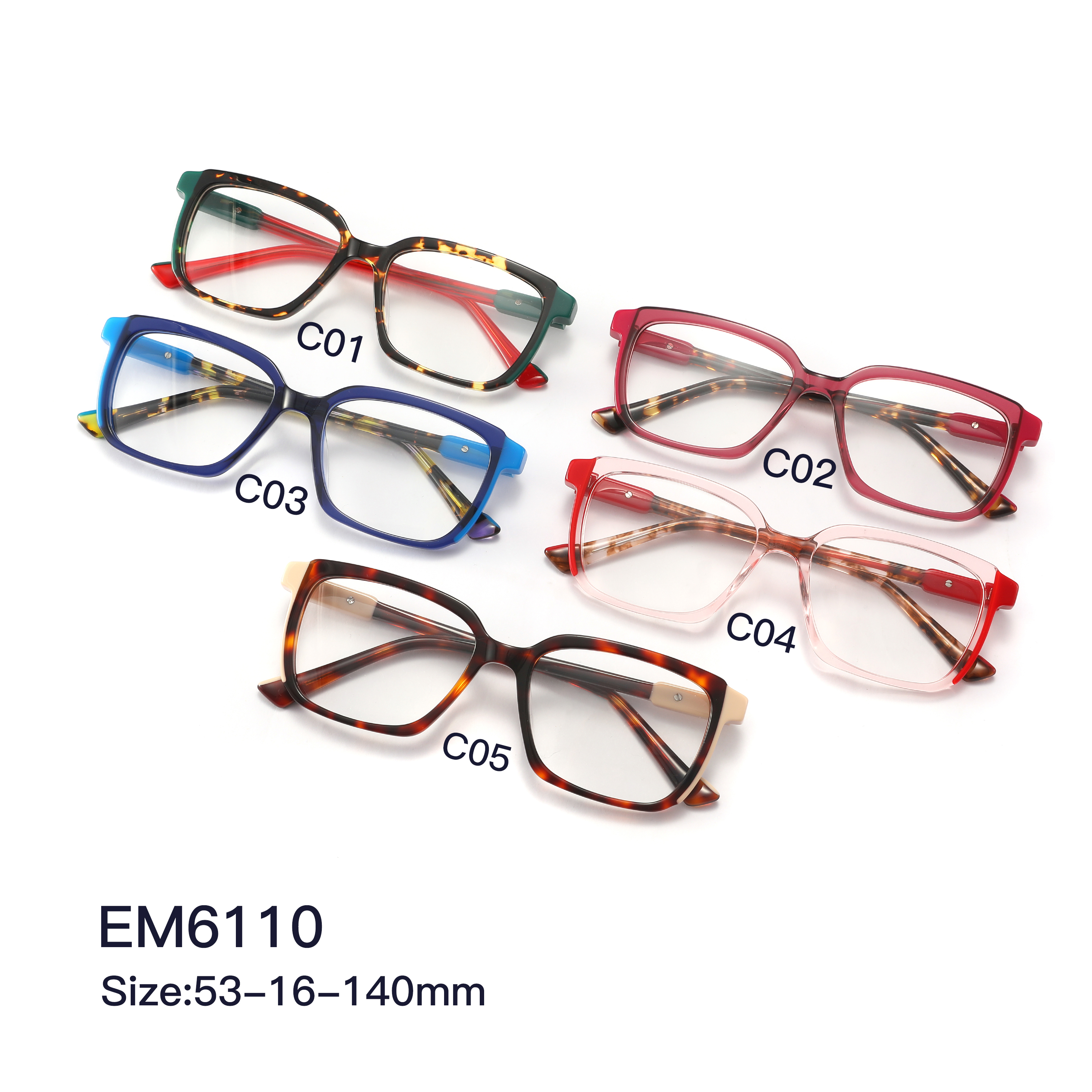In the discussion of “What is the optical refractive index of an eye lens?” When it comes to this problem, we first need to understand the physical concept of optical refractive index, and then further dive into the specific application of eye lenses to analyze the optical refractive index characteristics of different materials, designs and uses of eye lenses. The refractive index of light is a crucial parameter in optics, which describes the change in the speed of light as it travels through a medium and the degree to which the direction of propagation of light changes as it moves from one medium to another.
1. Basic concept of refractive index of light
The refractive index of light, referred to as the refractive index, is usually represented by the symbol n, which is the ratio of the speed of light in a vacuum to the speed of light in a certain medium. This ratio not only reflects the difference in the speed of light propagation in different media, but also determines the size of the Angle of refraction when the light enters the medium. In the medium with high refractive index, the refraction Angle of light is larger when entering, that is, the light is more inclined to the normal direction; Conversely, a medium with a low refractive index causes light to deviate less from the normal direction.
2. The relationship between lens material and refractive index
As an important tool for correcting visual acuity and protecting eyes, the choice of lens material directly affects the value of light refractive index. At present, the common eye lens materials on the market mainly include resin, glass and special materials such as high refractive index resin and PC (polycarbonate) in recent years.
Resin lens: Resin lens because of its lightweight, not easy to break, relatively low cost advantages, has become the most mainstream lens material. The refractive index of ordinary resin lenses is generally between 1.499 and 1.56, and with the progress of technology, high-refractive index resin lenses such as 1.60, 1.67, 1.71 and even 1.74 have gradually become popular. High refractive index resin lenses can provide better optical performance, reduce aberrations and improve wearing comfort while ensuring thin lenses.
Glass lenses: Although glass lenses were once favored because of their high optical properties, wear resistance and corrosion resistance, they were gradually replaced by resin lenses because of their large weight, fragile and other shortcomings. However, in the high-end glasses market, there are still some lenses made of special glass materials, whose refractive index can be as high as 1.80 or even higher, suitable for users with extremely high optical performance requirements.
Special material lenses: In addition to traditional resin and glass, there are some lenses made of special materials, such as PC lenses. PC lenses have extremely high impact resistance and are often used in sports glasses or children’s glasses. Although its refractive index is relatively low, it has irreplaceable advantages in specific application scenarios.
3. Selection of refractive index of the lens
The selection of the appropriate refractive index of the lens needs to be considered according to the factors such as personal degree, pupil distance, frame size and wearing habits. In general, the higher the degree, in order to keep the lens thin and beautiful, you need to choose a lens with a higher refractive index; At the same time, large-frame glasses also tend to choose high-refractive index lenses to reduce edge thickness. However, high refractive index lenses are often associated with a higher price, and in some cases may increase aberration, affecting visual effects.
In addition, with the development of science and technology, some advanced lens design technologies such as aspherical design and free-form surface design are also widely used in glasses. These technologies can further improve the optical performance of the lens, reduce aberration and distortion, and improve the visual experience of the wearer without increasing the thickness of the lens.
“What is the refractive index of light in an eye lens?” There is no fixed answer to this question, it depends on a variety of factors such as the material, design and individual needs of the lens. When choosing glasses, consumers should make the most suitable choice according to their actual situation, combined with the advice of professional optometrists, considering factors such as the refractive index of the lens, optical performance, comfort and price. At the same time, with the progress of science and technology and the innovation of materials, the future optical refractive index of eye lenses will be more diversified to meet the needs of different people for visual correction and visual enjoyment.
Post time: Nov-06-2024
